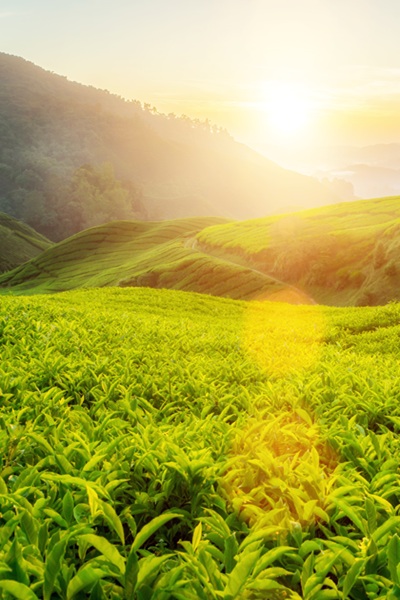Assam Tea and Chinese Tea: The Two Main Varieties of the World’s Tea
Assam Tea and Chinese Tea: The Two Main Varieties of the World’s Tea
Assam Tea and Chinese Tea: The Two Main Varieties of the World’s Tea
If coffee represents the beverage culture of the Western world, then tea is undoubtedly the symbol of the East. This remarkable plant originated in China, where people have been consuming tea for over a thousand years, developing it into one of the most beloved drinks worldwide today.
There are many varieties of tea plants, including leaf tea, flower tea, and oil tea. Scientifically, tea belongs to the Camellia genus, which includes different species. Camellia Oleifera refers to oil tea, cultivated mainly for its seeds, which are used to produce tea oil. Camellia Japonica is a flowering tea plant grown in China and Japan for ornamental purposes. The tea we drink, however, comes from Camellia Sinensis, the species responsible for all traditional tea beverages.
Regardless of where a particular tea is grown or how it is processed, all brewed tea originates from Camellia Sinensis. However, within this species, there are two major subspecies:
Camellia Sinensis var. Sinensis – The Chinese tea variety, primarily cultivated in northern China, Taiwan, and Japan.
Camellia Sinensis var. Assamica – The Assam tea variety, which grows in southern China, Vietnam, Laos, northern Thailand, Myanmar, India (Assam), Sri Lanka (Ceylon), and parts of Africa.
It is important to note that the terms Chinese tea and Assam tea in this context refer broadly to these two subspecies rather than being limited to tea produced exclusively in China or Assam, India.
Origins and Characteristics of Assam and Chinese Tea
The scientific names of these teas reflect their origins. Camellia Sinensis signifies tea native to China (Sino), while Camellia Assamica was officially classified based on its discovery in Assam, India. However, subsequent research found that Assam tea had long been growing in Myanmar, Thailand, Laos, and Vietnam as well.
Both varieties belong to the same species and can be crossbred to develop new hybrids. Their characteristics vary based on climate and geography:
Assam tea thrives in tropical regions, near the equator, where high temperatures, humidity, and rainfall promote rapid growth. These conditions produce tea plants with large, dense leaves, resulting in a strong, bold, and astringent flavor when brewed.
Chinese tea grows in cooler, subtropical and temperate climates, particularly in higher altitudes where temperatures are lower and rainfall is less frequent. The slow-growing nature of these plants leads to smaller, thicker leaves that accumulate more nutrients, producing a delicate aroma and a milder, more complex flavor compared to Assam tea.
Applications and Processing Methods
The distinct characteristics of these two tea varieties have led to different processing techniques:
Assam tea grown in Thailand, Vietnam, Myanmar, Laos, and southern China is traditionally used to produce green tea and Pu-erh tea.
Assam tea from India, Sri Lanka, and Kenya—regions historically influenced by British tea culture—is primarily used for black tea (fully oxidized tea). The strong, astringent brew is often mixed with milk and sugar, as seen in Masala Chai from India.
Chinese tea (Sinensis variety) is commonly processed into green tea, oolong tea, white tea, and red tea. It can also be infused with flowers for added fragrance or brewed with ice and syrup as modern iced tea.
Matcha, made from powdered green tea, can be blended with milk in a manner similar to Assam tea, as its strong flavor pairs well with dairy.
However, these varieties are not strictly limited to specific tea types—both Assam and Chinese tea can be processed into different styles, including white, green, oolong, black, and fermented tea.
Misconceptions About Assam and Chinese Tea
The broad classification of tea can sometimes lead to misunderstandings. For example, Assam tea may refer to:
The Assam tea variety (Camellia Sinensis var. Assamica), which includes tea grown across India, Sri Lanka, Kenya, Myanmar, Thailand, Vietnam, and Yunnan, China.
Tea specifically from Assam, India, which is almost exclusively processed as black tea.
This has led to the common misconception that "Assam tea" only refers to black tea, even though Assam-grown tea can also be used for green tea production.
Conclusion
Although Assam and Chinese tea have different origins and characteristics, both play a crucial role in shaping the world’s diverse tea culture. Understanding their differences not only helps us make informed choices based on our preferences but also deepens our appreciation for the intricate history and craftsmanship behind this timeless beverage.



